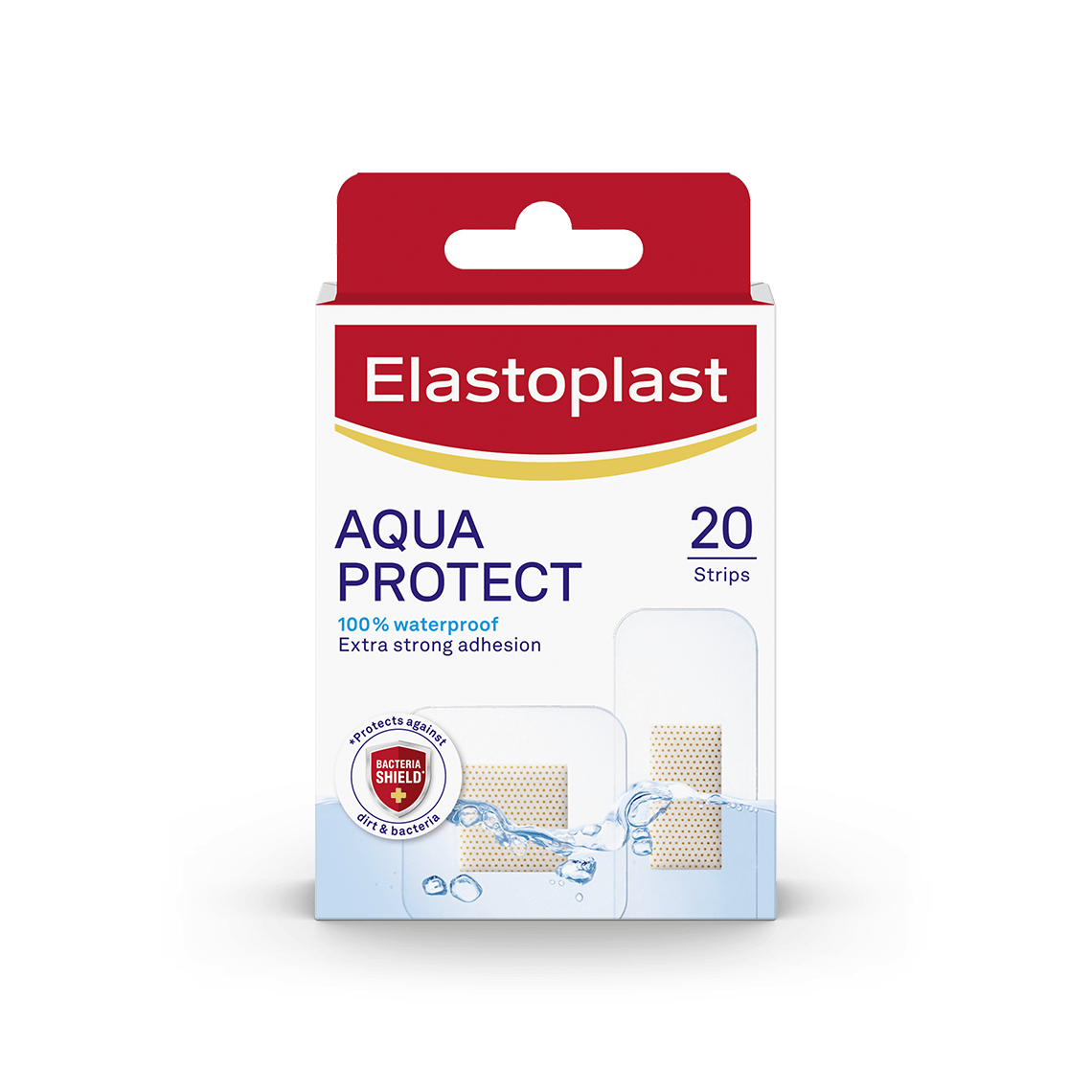What is a burn?
Degrees of burns
First degree burns
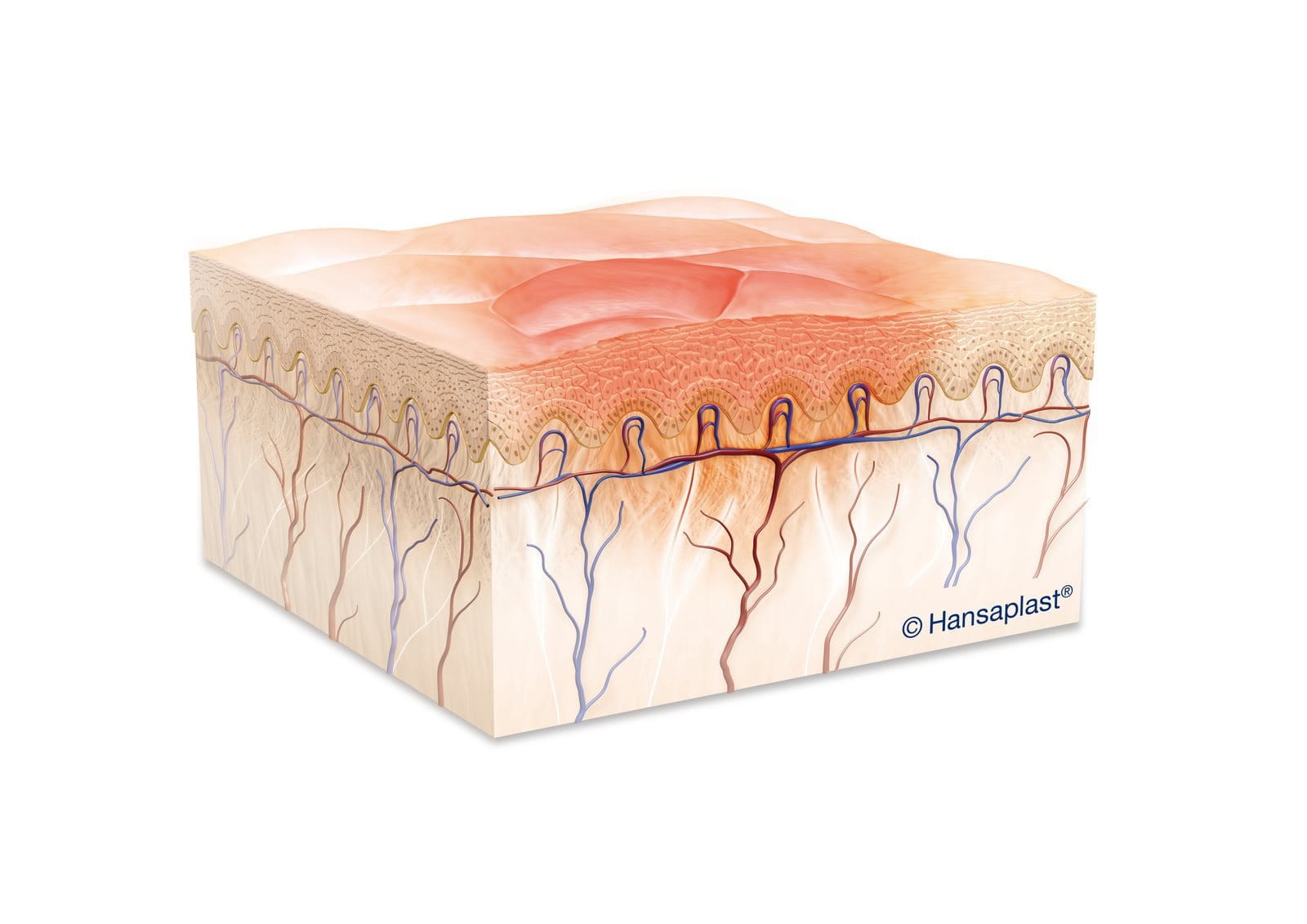
Second degree burns
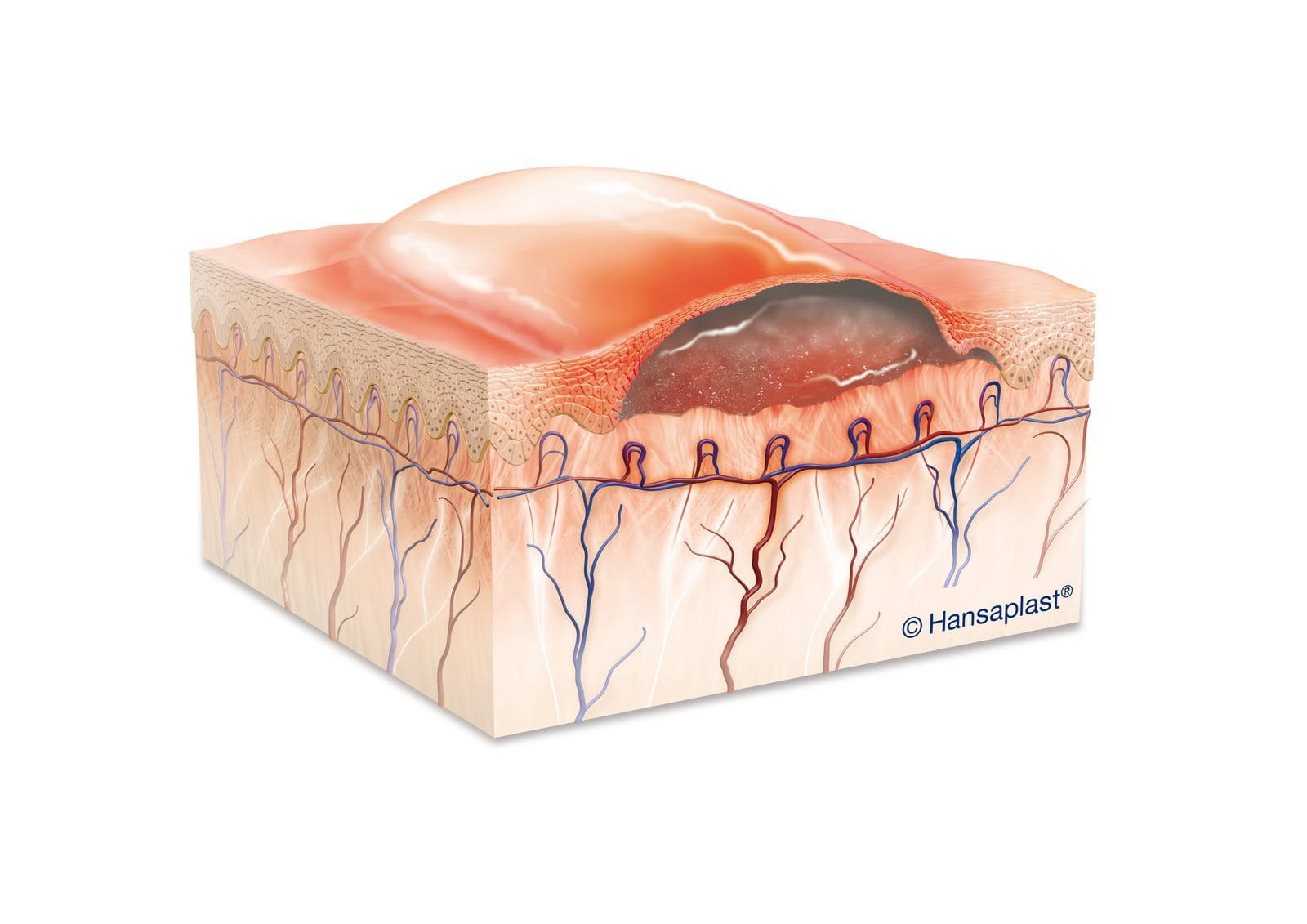
Third degree burns
How to treat first degree burns
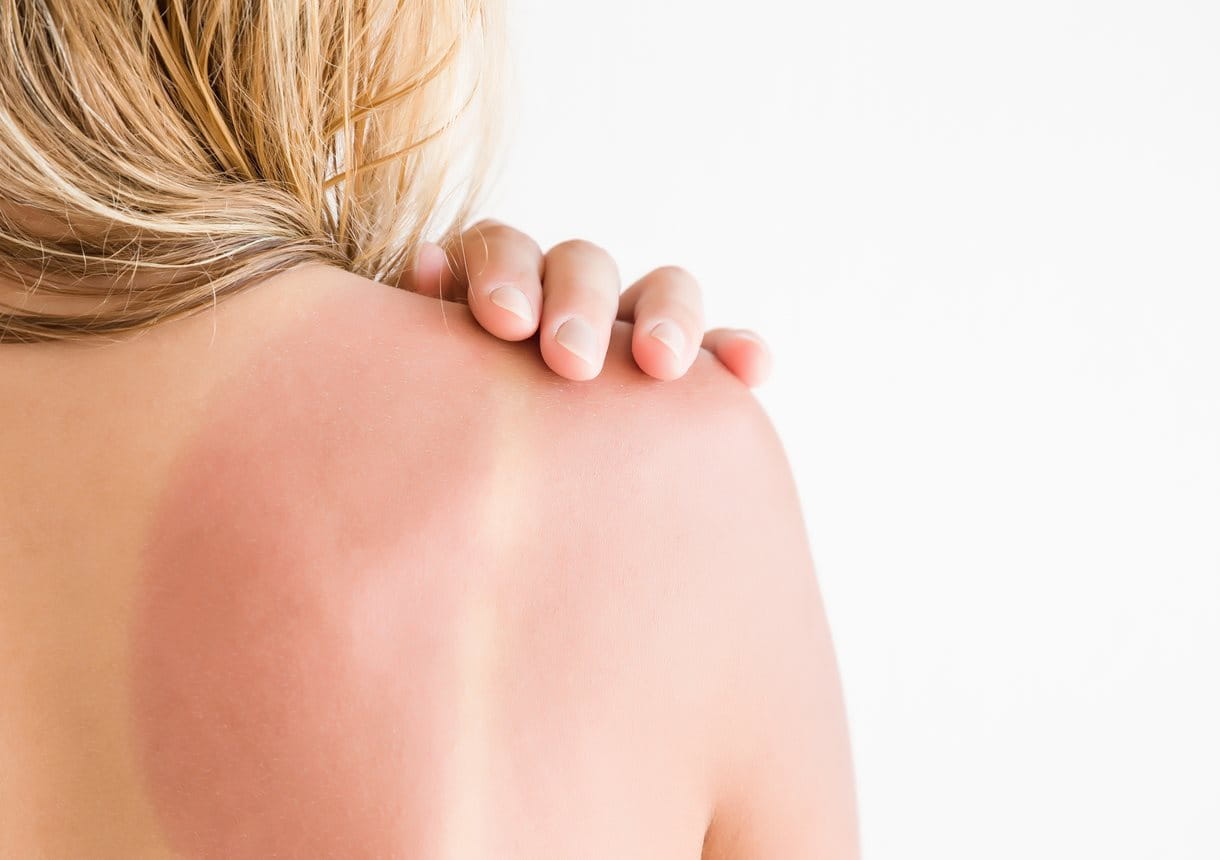
Most first-degree burns are relatively minor and are most often caused by brief contact with a hot surface or a minor scald from hot water. Another common form of first-degree burn is sunburn, caused by damage from the sun’s UV rays. Typically, first degree burns recover on their own and do not require special treatment. However, it is recommended to cool the affected area under running water to relieve the pain and then apply Elastoplast Wound Healing Ointment. If you have a sunburn, wear loose-fitting clothing for a few days and drink plenty of fluids to stay hydrated.
Even for first degree burns you should seek medical advice if the burned area is large or if after initial pain relief the burned area again shows signs of infection such as redness, heat, swelling, pain, itching or burning.
Further, medical attention is necessary if a child is burned, if the burn is on sensitive parts of the body e.g. on the face, or if you have any questions or concerns.
How to treat second degree burns
Second degree burns can be more serious and thus require more care than first degree burns. First, cool the wound under running water for 10 to 15 minutes. Do not apply ice or extremely cold water as it could create further damage and lower the body’s temperature. Use the Elastoplast Wound Spray to clean from bacteria to prevent infections. Afterwards, gently dry the affected area and apply a thin layer of Elastoplast Wound Healing Ointment to support the healing process and cover your burn with an appropriate plaster or a sterile compress to protect it from external influences. Do not attempt to break any blisters that may occur. Many second-degree burns will heal within a week or two if kept clean and cared for. Depending on the location and size of the burn, it may be advisable to visit your doctor, especially to prevent scarring or if you discover any sign of infection during the healing phase, such as redness, swelling, or pain.
How to treat third degree burns
Prevent burns in the kitchen
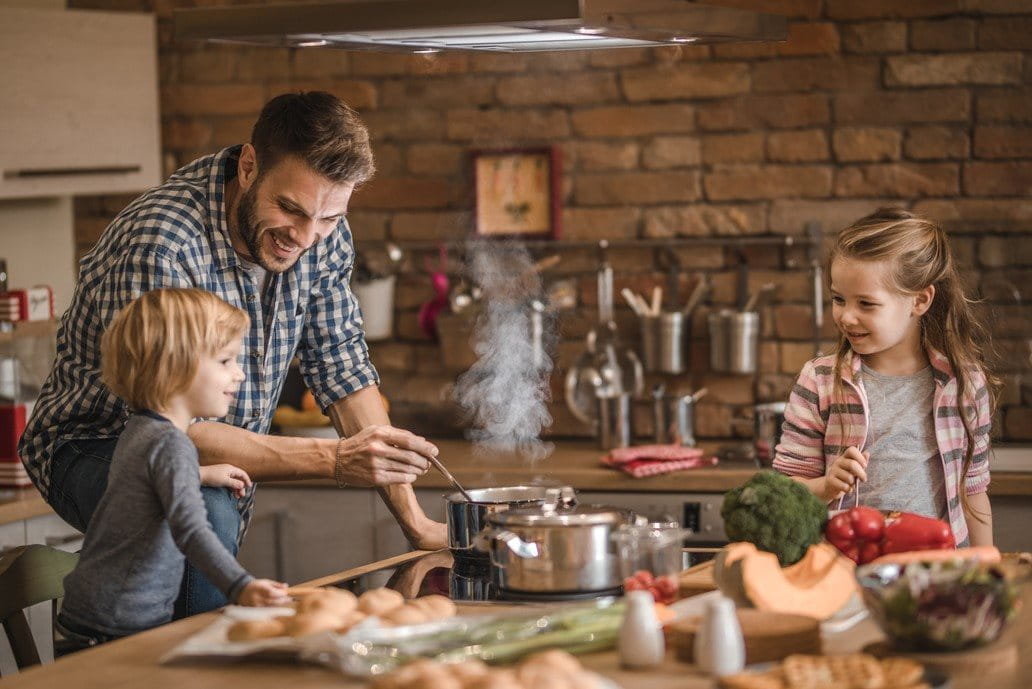
It goes without saying that prevention is the best course of action when dealing with burns, especially in the kitchen. Always:
How to recognise an infected burn
Always see a doctor if the wound is deep, bleeds heavily or shows signs of infection like reddening, swelling or warmth.
Although compiled with great care, please note that the tips and advice given on this website by no means substitute medical advice and treatment. If you have or suspect a health problem, consult a doctor and follow medical advice, regardless of what you have learned on this website.
Always read carefully and follow the instructions for use or the leaflets of our products. For further information about our products, please contact us via email at Elastoplast@Beiersdorf.com
